We were lucky to catch up with Isaac Brynjegard-Bialik recently and have shared our conversation below.
Alright, Isaac thanks for taking the time to share your stories and insights with us today. What’s been the most meaningful project you’ve worked on?
I’ve recently been reflecting on the ephemeral nature of paper. It’s fragile and easily damaged, and requires care. And I look at the world, and the slow extinction of species, and the rising oceans and temperatures – and I see that same fragility. We find ourselves facing an existential crisis, with no sense of how to reset. Art is not going to change that – but it can focus attention, and perhaps change minds. My recent series of papercuts about endangered plant species is an effort to make sense of our role as protectors of the world around us, and to question why we’re failing in that role.
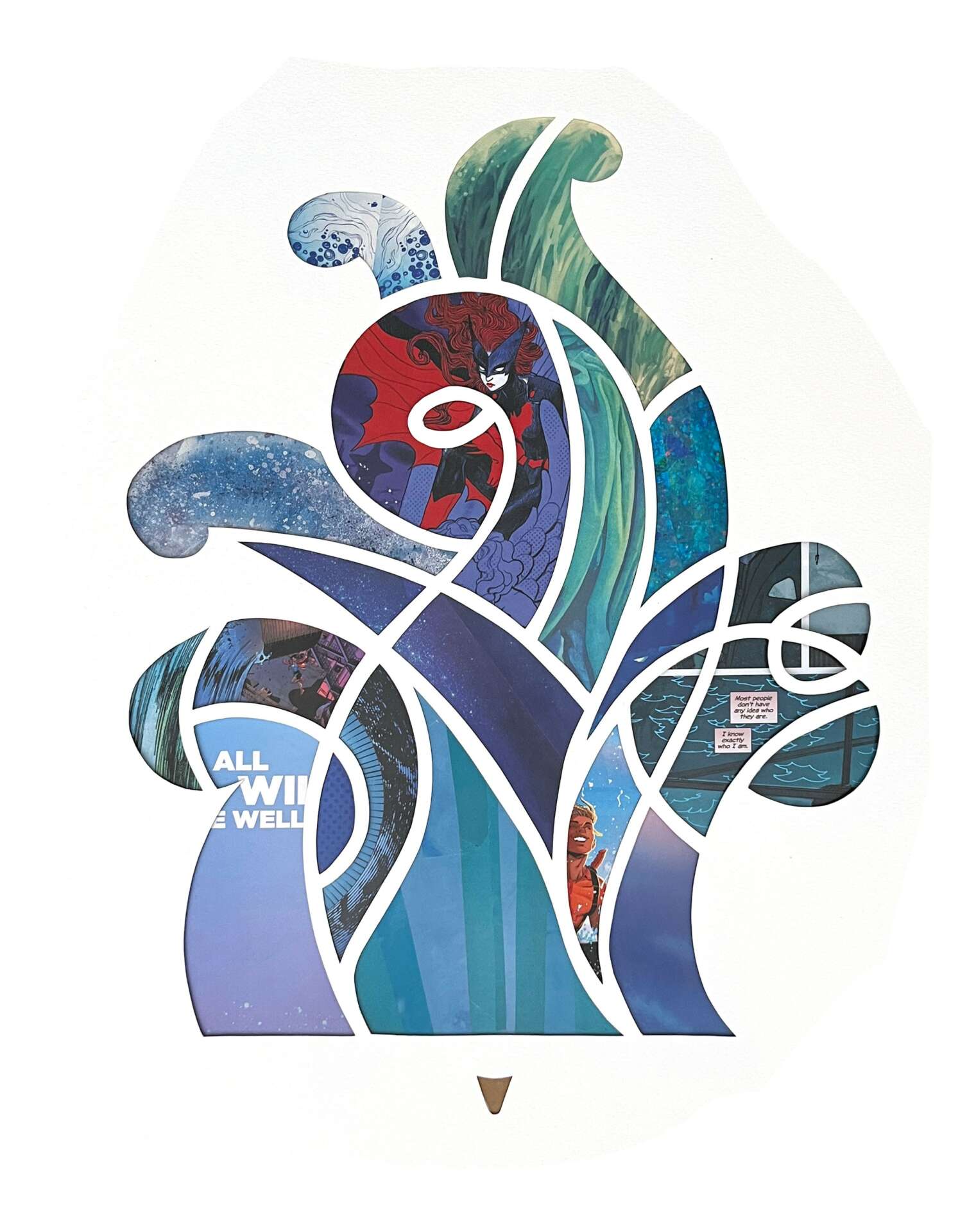
Isaac, before we move on to more of these sorts of questions, can you take some time to bring our readers up to speed on you and what you do?
I started cutting paper because Jews have been cutting paper for hundreds of years (that we know of – it’s hard to preserve, so we frankly don’t know how far back into the past we can go with this). It’s fragile and fleeting and tactile and, at least right now, it’s something we’re all familiar with: the feel of it, the weight of it, its historic role in documenting culture. The incorporation of cut-up comic books is a way for me to explore cultural narratives – not just the stories themselves, but the ways we write stories about ourselves. And the thing about stories in the bible and in comic books is that we read them over and over again, always finding new things in them – new lessons, new relevance, new questions. I hope that my work is part of that sort of continuing conversation – that it sparks questions, rather than answering them.
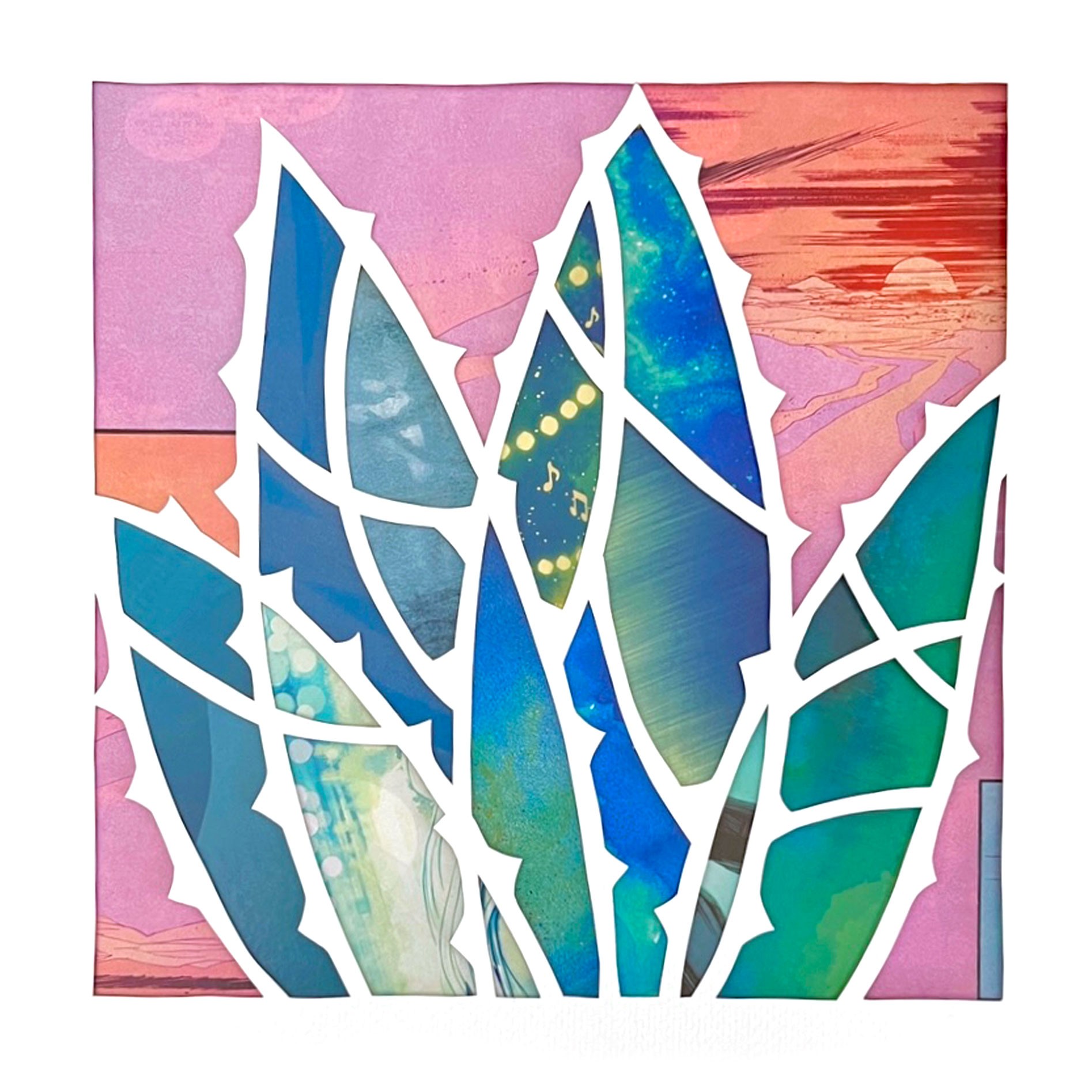
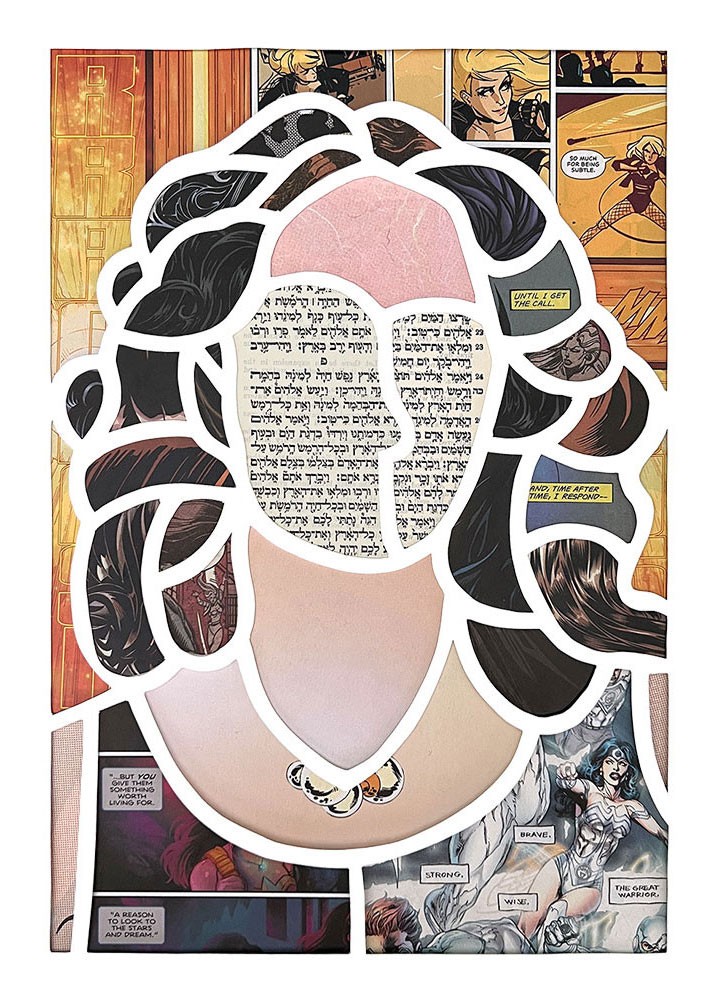
What can society do to ensure an environment that’s helpful to artists and creatives?
Civilization is driven by culture. The food we eat, the clothes we wear, the stories we tell, and the art we make; all of this creates the people we are and that we will be. So it’s obvious that we need to support artists. How can we do this? By engaging with them: by looking at art in museums and elsewhere, by attending performances and concerts, by reading books – and then by talking about the work with others. Sharing our favorites with our family and friends, and spreading the ideas that have influenced or inspired us. Art can’t exist in a vacuum. Yes, artists can create in solitude, and the work must have personal meaning… but if it is never shared with the world, we are the poorer for it.
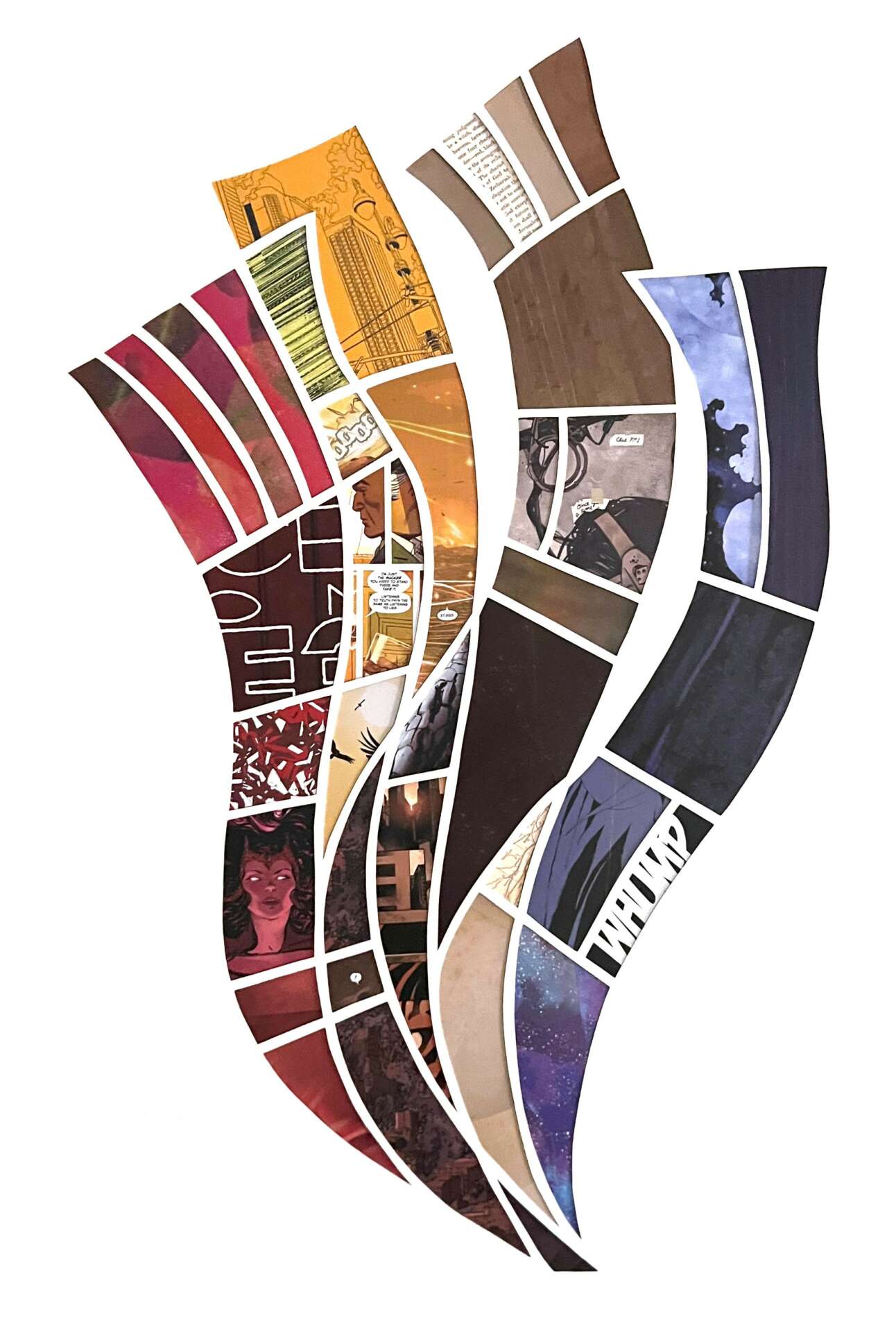
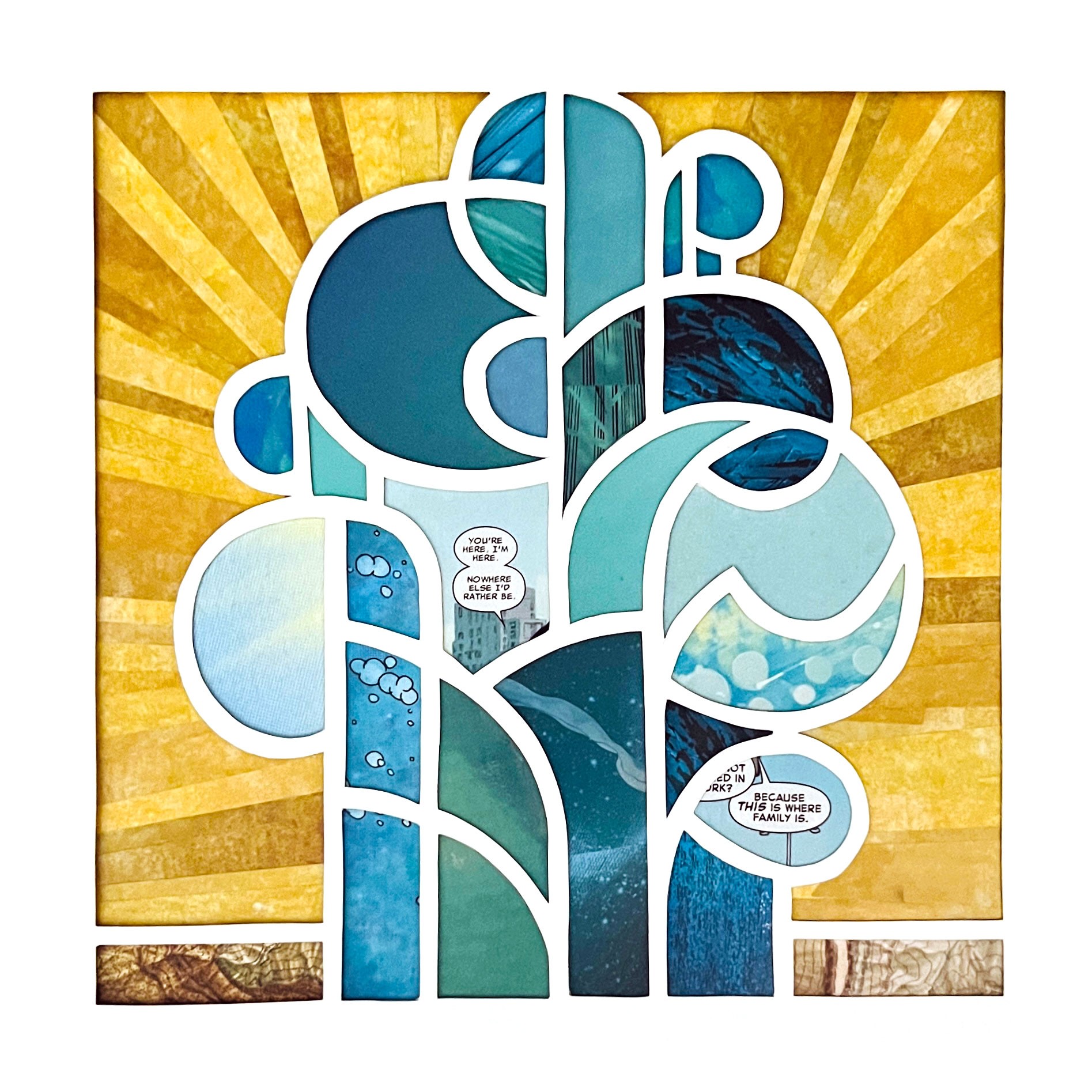
Is there mission driving your creative journey?
I’m just trying to share stories. I want people to see themselves in my work, to feel a part of something larger, and to share that with other people. I want to engage in a conversation with artists from generations before me and, perhaps, to contribute to conversations in the future.
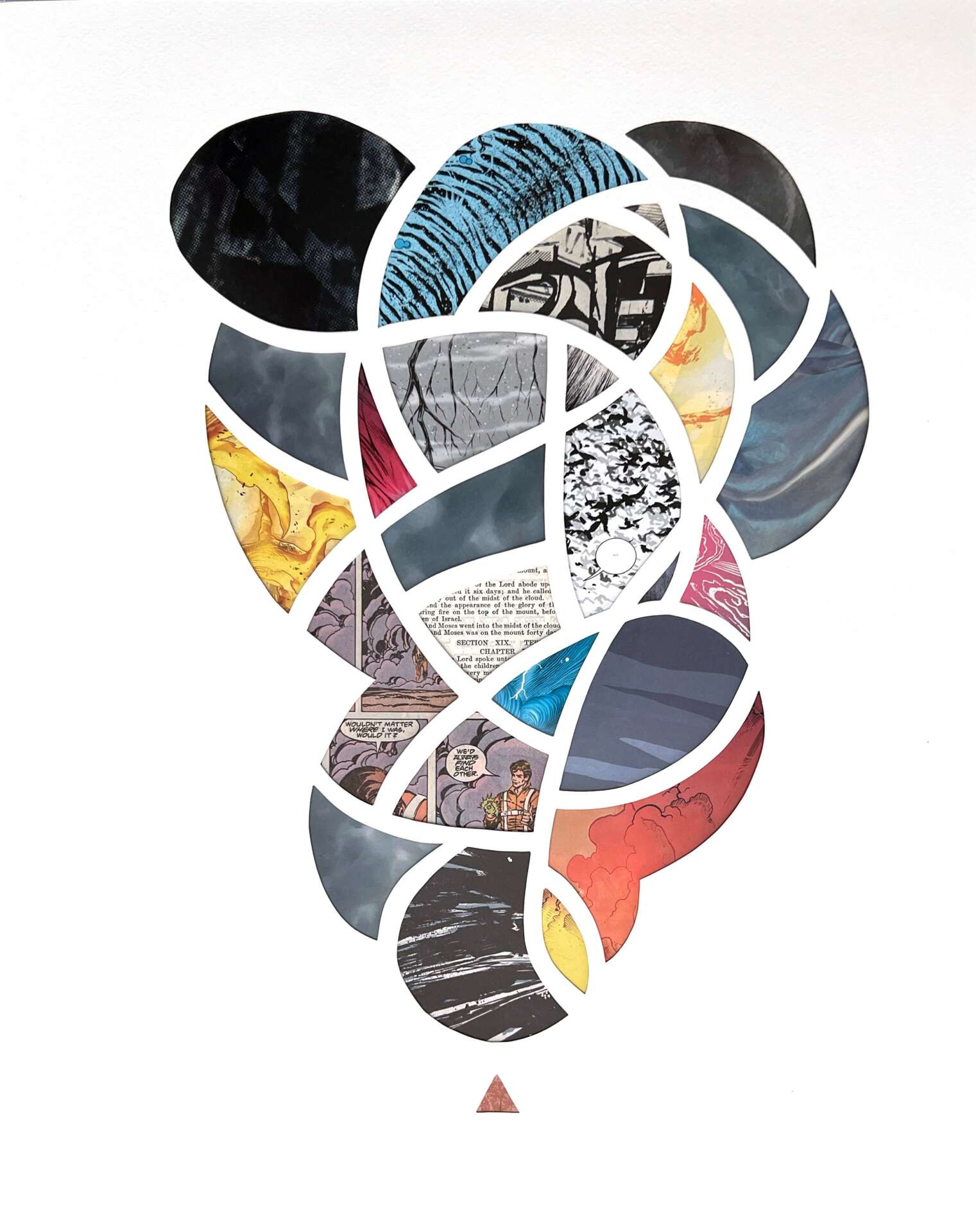
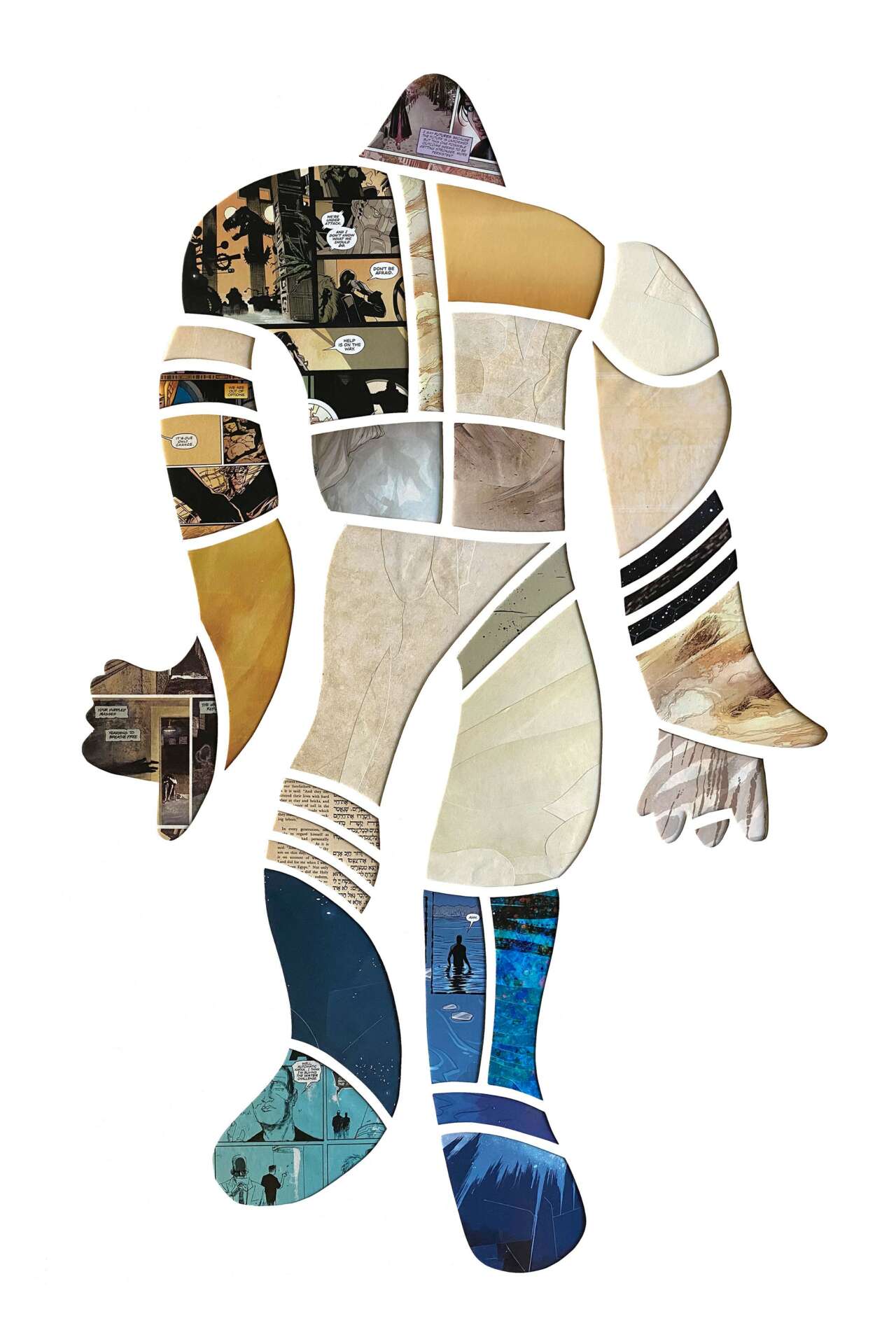
Contact Info:
- Website: www.NiceJewishArtist.com
- Instagram: nicejewishartist


